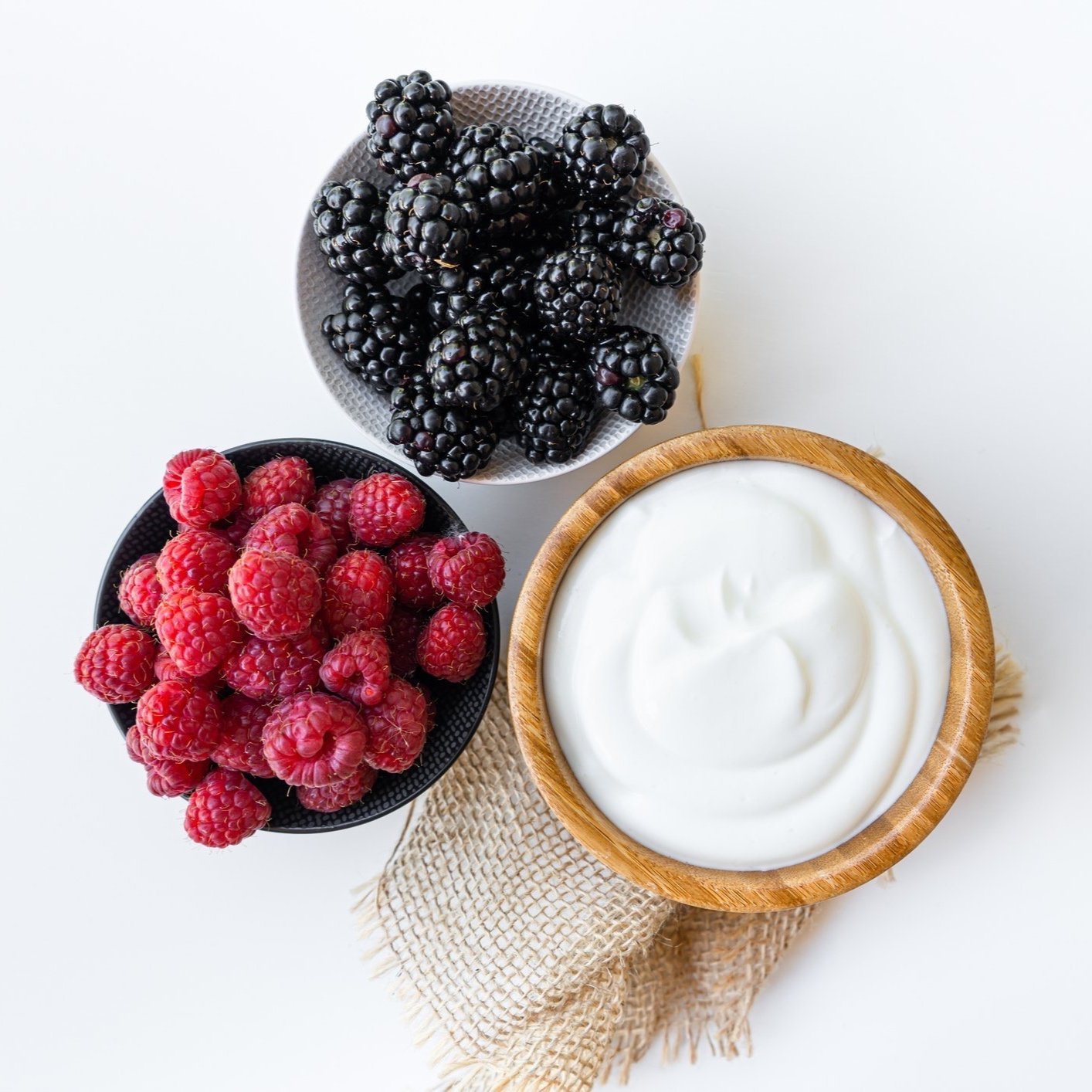Thermophilic: How to fix thin yogurt?
Dec 19 | Written By Sabrina Huizar
In our last post, we talked about ways to thicken mesophilic yogurt and shared a few simple tricks to boost your texture. As promised, today we’re diving into thermophilic yogurt — the classic, cozy type that loves a little heat!
Here’s our thermophilic yogurt troubleshooting guide, packed with tips and tricks to help you get thick, creamy, dreamy yogurt every single time. Whether you’re using a yogurt maker, an Instant Pot, or an old-fashioned water bath setup, these suggestions can help you fine-tune your process and get the results you’re looking for.
If your yogurt has been coming out thin, grainy, or just not as luscious as you’d hoped, don’t worry — you’re not alone, and it’s usually an easy fix. Let’s walk through some common issues, what causes them, and how you can adjust to get that perfect spoonable texture you’re aiming for.
Now, here’s the thing about thermophilic yogurt — it needs a little more heat (and a little more attention) than its mesophilic cousin. It likes to culture somewhere between 90–115°F.
Because thermophilic yogurt needs steady warmth, a yogurt maker or something similar really helps. But if you don’t have one, don’t worry — there are plenty of creative ways to keep your culture cozy without special equipment. We’ll get into those in a later post.
For now, let’s talk about why your yogurt might be turning out thin — and what you can do to fix it:
The milk wasn’t heated high enough:
Heating your milk to 180°F is crucial for thick yogurt. This step denatures the proteins so they can set properly. Take it slow if you can — heating too fast can make the yogurt grainy.The milk didn’t stay at 180°F long enough:
Hitting 180°F is great, but holding it there is even better. Try keeping your milk at 180°F for at least 30 minutes — the longer hold time really boosts thickness.Your yogurt maker (or alternative method) isn’t holding temp:
If it’s too cool, the yogurt won’t ferment properly. If it’s too hot, it can ferment way too fast, lose flavor, and even damage your culture. A nice, steady warmth makes all the difference.Starter-to-milk ratio was off:
Too little starter and you’ll get sluggish or no fermentation. Too much starter and the yogurt will over-ferment quickly, giving you a harsh or bland taste. Balance is key.
In my experience, thermophilic yogurts usually turn out thick and creamy on their own — as long as they’re cultured properly. But if you’re looking for an extra boost in texture, or just prefer an even firmer yogurt, here are a few easy ways to thicken it up:
Increase the fat content:
Add a little ½ & ½ or heavy cream to your milk for a richer, thicker yogurt.Use whole milk:
Always reach for full-fat milk when you can. The extra fat makes a big difference in both texture and flavor.Heat the milk properly — and hold it:
Bring your milk to 180°F, and don’t rush past it. The longer you hold it at that temperature (even beyond the usual 30 minutes), the thicker and firmer your yogurt will be.Use natural thickeners:
You can stir in a bit of pectin, unflavored gelatin, or powdered milk to help your yogurt set up even more firmly.Strain the whey:
Once your yogurt is finished, straining off some of the whey will give you a thicker, Greek-style consistency. Strain a little or a lot — it’s all about what you like.


